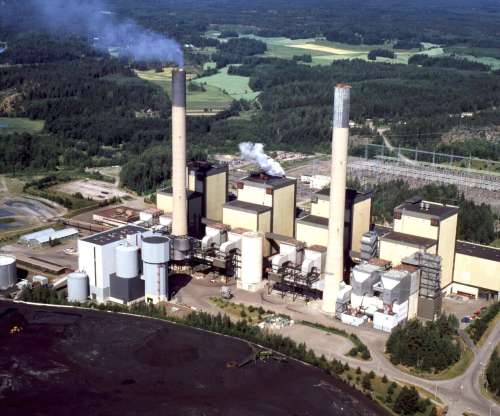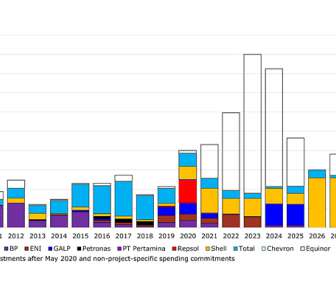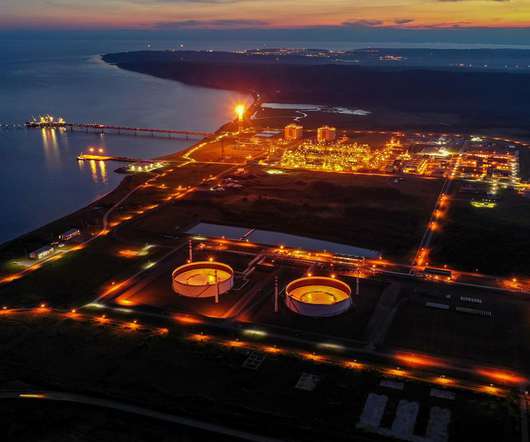Norwegian startup Blastr plans €4B green steel plant in Finland
Green Car Congress
JANUARY 5, 2023
Norwegian startup Blastr Green Steel is planning to establish a green steel plant with an integrated hydrogen production facility in Inkoo, Finland. Fortum has developed the Joddböle area since the dismantling of its Inkoo coal-fired power plant there in 2017-2020. The now-demolished Inkoo coal plant. tonnes of CO₂.





















Let's personalize your content